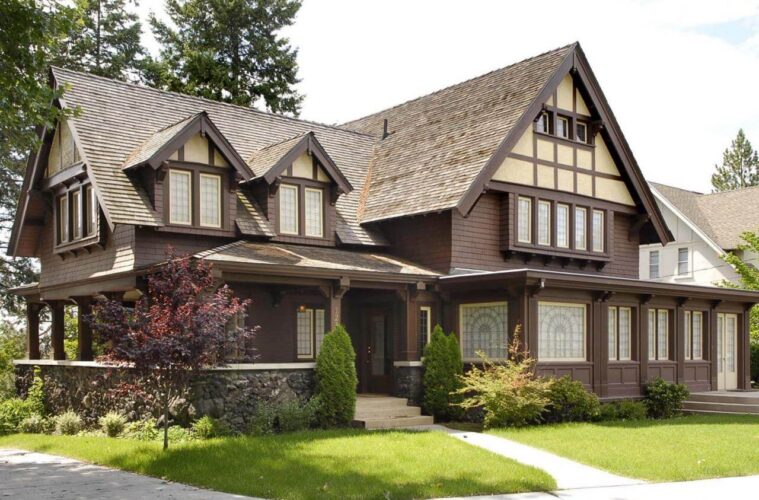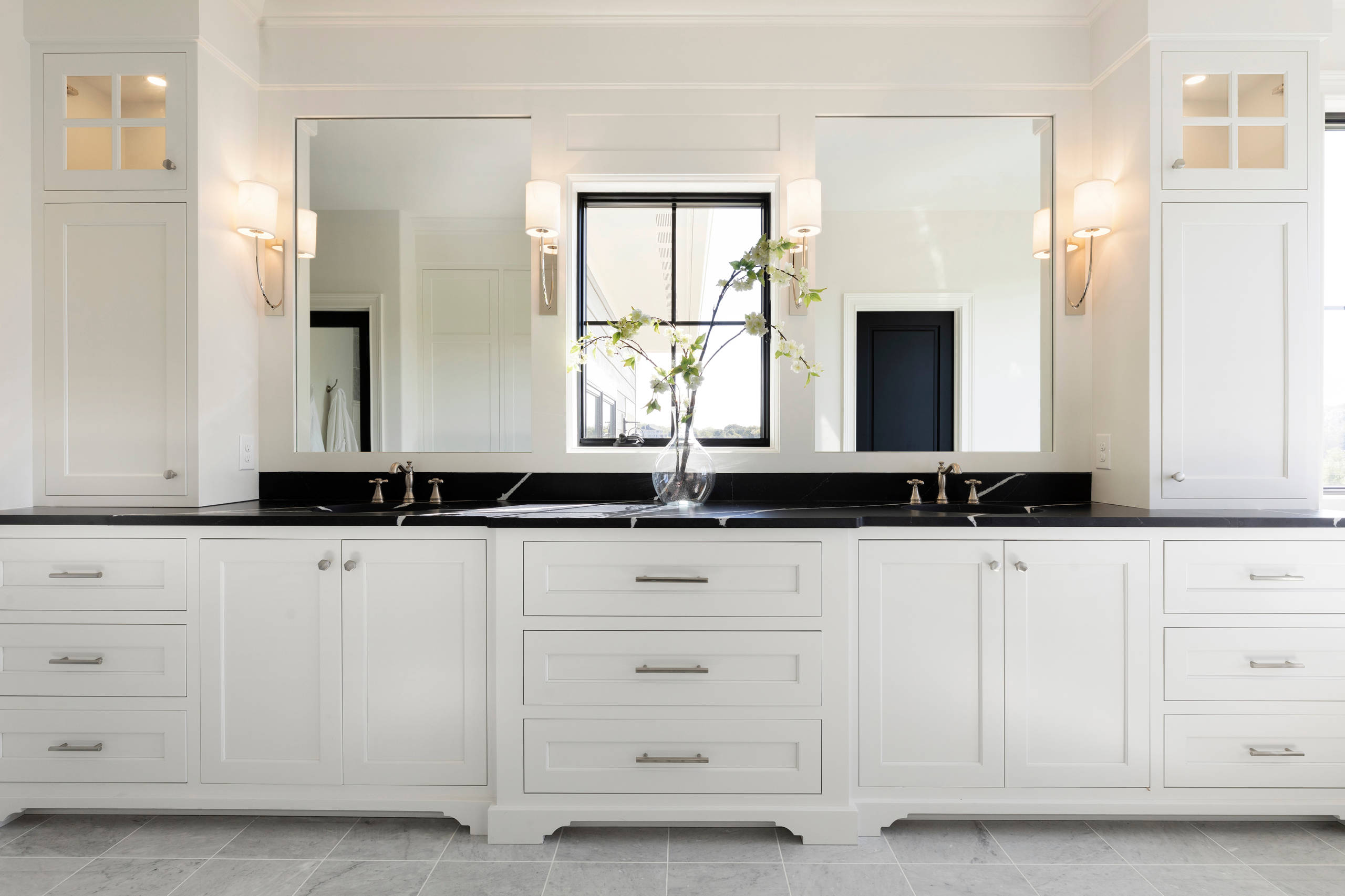Classical Architecture

source: thoughtco.com
The classical architectural style is developed from ancient Greek and ancient Roman architecture. The architectural styles of the Roman Empire ceased to be followed in significant portions of Western Europe with the fall of the western half of the Roman Empire. For a very long period, approximately from the Renaissance before the rise of Modernism, classical architectural forms dominated western architecture. That is to say, for most of modern history, classical civilization was, at least in principle, considered the direct source of inspiration for architectural activities in the West.
Neoclassical Architecture

source: hisour.com
Neoclassical architectural styles developed in Italy and France by the Neoclassical Movement started in the mid-18th century, which was explicitly associated with the Enlightenment, empiricism, and the study of sites by early archaeologists. This architecture mainly emphasizes the modern ‘classical’ design and highlighted planar characteristics rather than an extravagant sculptural ornament in both the interior and the outside.
Greek Revival Architecture
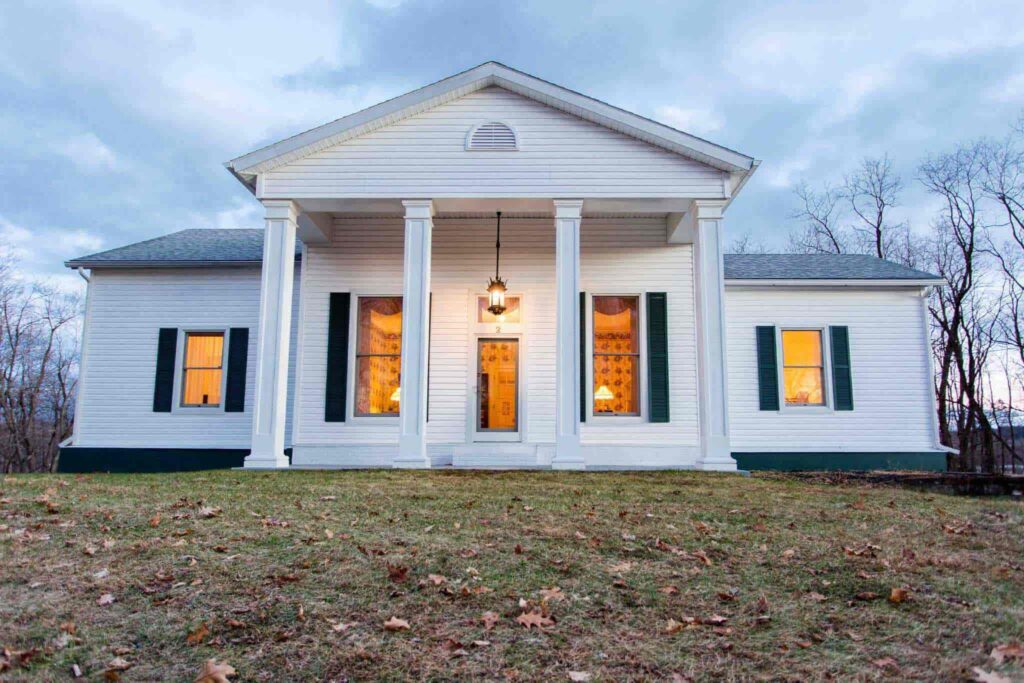
source: timesunion.com
The Greek Revival was a late 18th and early 19th century top architectural movement, mainly in Northern Europe and the United States. It resurrected the style of ancient Greek architecture with differing degrees of thoroughness and accuracy, especially the Greek temple. It can be seen as the last stage in the growth of Neoclassical architecture, which had long been primarily derived from Roman architecture due to Hellenism.
Industrial Architecture
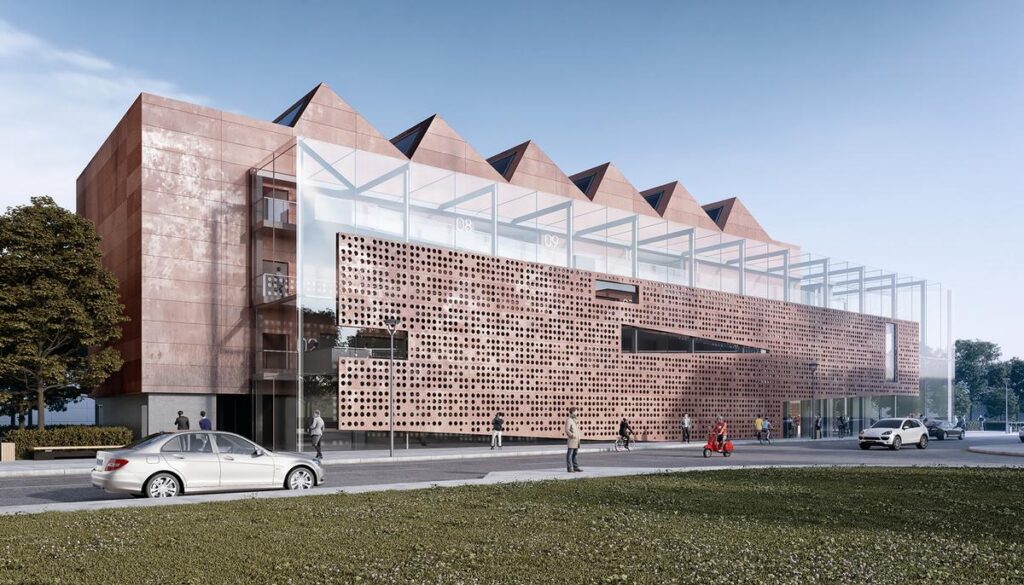
source: leisureopportunities.co.uk
The design and construction of buildings servicing industry is industrial architecture. With the Industrial Revolution, such structures grew in prominence and were some of the leading constructs in modern architecture.
Bauhaus Architecture

source: invaluable.com
Bauhaus is a movement that originated in the early 20th century from the influential German school developed by Walter Gropius, whose utopian goal was to create fundamentally new architectural designs to help restore civilization after the devastation of the First World War. The Bauhaus advocated rational, practical design by synthesizing fine arts, crafts, design, architecture, and technology, which adopted a type that reflects purpose.
Victorian Architecture

source: architecturaldigest.com
Victorian architecture in the mid-to-late 19th century was a collection of top architectural styles revival. Victorian refers to Queen Victoria’s reign, referred to as the Victorian era. At that time, the designs of victoria were used as architects .The techniques also contain adaptations of historical styles and various revivals. The name reflects the British and French tradition for a ruling sovereign to name architecture styles.
Arts and Crafts Architecture
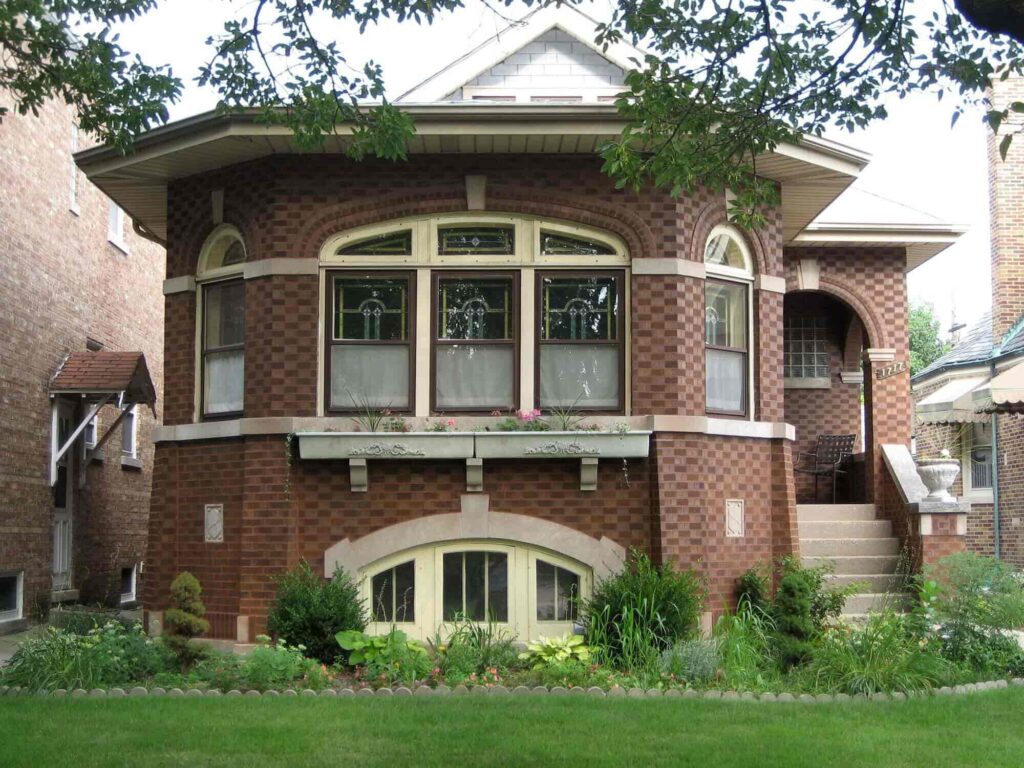
source: architecture.org
The word “Arts and Crafts” refers to the British and American Movement, which began in the late 19th century to reinvent handicrafts. The trend was also the motivation behind the designs of artisans and bungalows. One of the pioneers of the Arts and Crafts Movement in the late 1880s was William Morris, an English reformer. His disciples wanted him to return to hand-made society, and he also wanted to help and support the “common man.”
Cape Cod Architecture

source: housebeautiful.com
Cape Cod architecture is one of American architecture’s most common and readily identifiable forms. A Cape Cod cottage is the style of the house a child would design if you asked them to create a picture of a home. This architecture is appreciated for its effortless, timeless, clean-lined silhouette. The original cape cod house is small and is rectangular.
Tudor Architecture
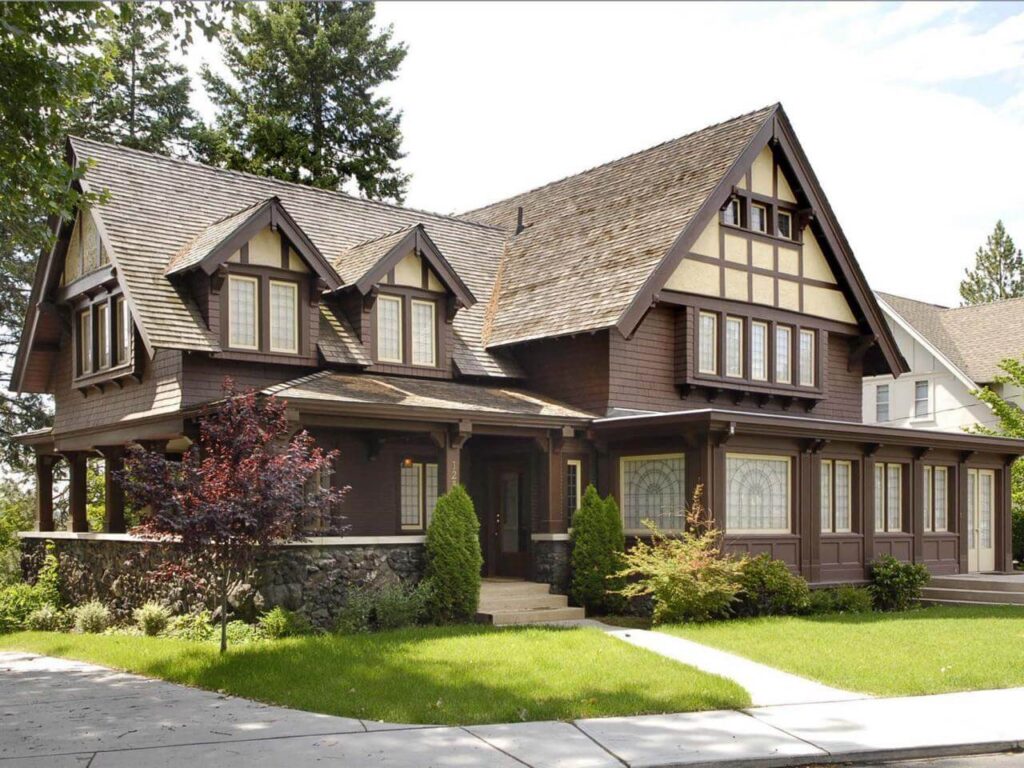
source: hgtv.com
The Tudor architectural style in England, during the Tudor era (1485-1603) and even beyond, is the final evolution of Medieval architecture. ‘Tudor’ has become a classification for half-timbered houses in the far more slow-moving forms of vernacular architecture. Buildings of the Tudor style have many characteristics that distinguish them from Medieval.
Art Deco Architecture

source: buffalonews.com
Art Deco is a style of decorative arts, architecture, and design that first emerged just before the World War in France often referred to as Deco. Architecture in Art Deco reflects an architectural style that is elegant, but not simplistic. The architects and their designs of the period were innovative. They tried to construct structures that were unique, progressive, and unlike previous forms of revivalism. Buildings in Art Deco are distinctive and depict a period at the height of the industrial age.

